Big Ben is a classic landmark of London, so picturesquely sits near the Palace of Westminster. It actually belongs to the Houses of Parliament. The atmosphere of the London Eye across is just so vibrant. Big Ben denotes the great bell that was completed in 1859. This fascinating bell tower has more than 13 tones. It is actually more than 96 meters high, and covers 339 steps to the top.
The nickname probably comes from the politician, Benjamin Hall, who supervised. The original name is Clock Tower, but is from 2012 known as Elisabeth Tower. The design of Augustus Pugin praises the neo-Gothic style.
The title of the UNESCO World Heritage Site has belonged to Big Ben since 1987. The night gives an impressive splendor to the bell tower.
See also:A Brief History of London
Origin and design
The New Palace of Westminster shines even more brilliantly with the adjoining Elisabeth Tower. A large fire destroyed the old palace in 1834. The design of the palace belongs to Charles Berry. Augustus Pugin designed the bell tower in neo-Gothic style.
Construction began in 1843 by Thomas Grissell and Morton Peto. The Gothic revival style was popular in England in the 19th century. Lancet windows, dense ornamentation and natural materials characterize this style.
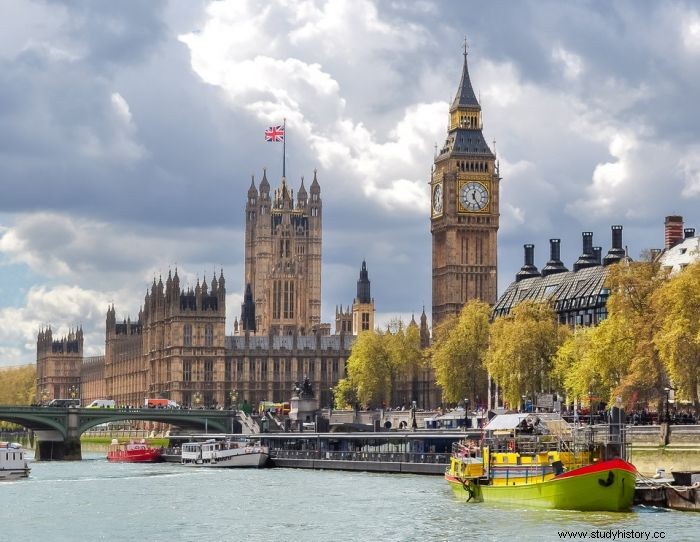
The bell tower follows the iron-framed spire to the top with a peak. The lancet windows are quite thin. Limestone cladding is the main material. Construction was completed in 1859. 290 stairs lead to the bell room, including 45 to the bell tower and 59 to the top.
52 shields with national emblems adorn the place above the bell tower.
The name
St Stephen's Tower was its original name until 2012. Thanks to Elisabeth's II Diamond Jubilee, it got a new name - Elisabeth Tower. This occasion celebrates the Queen's 60 years on the British throne.
The large west tower of Westminster Palace has also been renamed Victoria's Tower. The naming ceremony took place in front of John Bercow, President of the House of Commons.
The nickname Big Ben serves two different theories. The first is Sir Benjamin Hall, who was the first Commissioner. The other praises the popular boxing champion Benjamin Caunt. He was also known as "Big Ben".
History - New Palace of Westminster
The great fire of 1834 destroyed the old parliament building almost to the ground. The remaining parts are Westminster Hall, St Stephen's Cloister and the Chapel of St Mary Undercroft.
The Royal Commission intended to organize a new design in Gothic or Elizabethan style. That is why they followed a public competition in 1835.
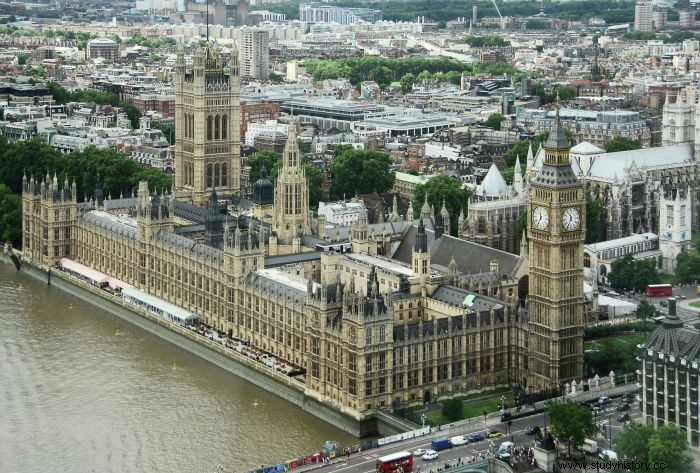
The new design by Charles Barry included two towers:a royal entrance and a smaller bell tower. The Middle Ages with the bell tower inspired Barry's design. The old tower existed until 1698.
The main source of Barry's ideas was Scarisbrick Hall in Lancashire. It was a masterpiece by Augustus Pugin, who became Barry's collaborator. Therefore, the bell tower became a 96 meter high building. The famous bell tower was Pugin's latest design.
How the Elisabeth Tower was built
Construction began in 1848 thanks to the boat and road service from all over the country. Opal glass defines the dials. Stone was transported from Anston near Sheffield. Step and paving stones came from Hopton Wood near Matlock in Derbyshire. The interior was decorated with stone from Caen in Normandy (France).
The special approach to building the tower was from the inside out. The scaffolding was not used when the steam-powered winches did the job. The rooms for prisoners occupied the lower levels. The petition committee took this room today.
The bell frame was designed by Jabez James from Lambeth, including five bells. The iron plates on the roof were made by John Hardman from Birmingham.
The Early Story of Big Ben
The precedent for the bell tower we know today 1290 marks the first bell tower on the site. There is no clear evidence and 1367 brings a new tower. The bell tower was repaired in 1699. The original bell was sent to St Paul's Cathedral.
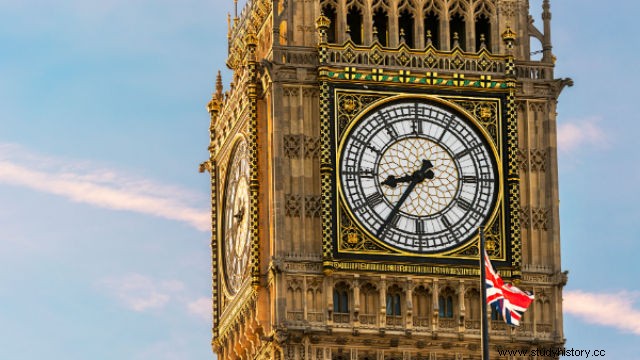
Due to the great fire at the Palace of Westminster in 1834, the new one began to rise. The bell tower owes its majestic appearance to the idea of Charles Barry. The first stone was laid in 1843.
The current design of the bell tower belongs to Edmund Beckett Denison. John Dent began building the bell tower in 1852. The new palace at Westminster was opened the same year. The first ring was held in 1859.
The changes in the bell tower
Electronic light took the first attempts in the 1870s. Belgian inventor Zenobe Gramme installed the DC dynamo that lights up the tower.
Ayrton Light created additional wonders from 1873. There is a lantern above the bell tower that stands permanently. J. Edmundson &Co actually created Ayrton Light. It was powered by gas jets. Electric power began to work in 1906.
During World War II, Ayrton Light was turned off. The Palace of Westminster suffered major damage due to bombings that occurred 14 times.
A small bomb shattered all the glass on the southern dial of the bell tower. The bell tower and the bells remained in order. The bells became a symbol of freedom.
Inside Big Ben
Big Ben refers only to the largest clock among the five inside the tower. It was one of the largest towers in the beginning.
The only way to get to the top so far was the spiral staircase, 334 in total. The lift will soon be in use, but only for maintenance and safety reasons.

There is not much space on the first level. The clock room has the mechanism that controls the clock. The last level leads to the bell tower and the five bells. Quarter Bells are the name of the external clocks and each has a different size.
Every 15 minutes, Westminster Chimes begins playing and producing music. The biggest bell rings every full hour. Seeing the bells from above gives an extra magic to the trip. Ayrton Light is actually the top.
Dials
Each dial is made of cast iron, forming the third largest frame in the United Kingdom (6.9 m). The opalescent glass hides in 324 parts. From the beginning of the 20th century, electric bulbs illuminate the dials.
The gilded decoration surrounds the dials. Originally, the frame and hands were Prussian blue (a special dark blue pigment). In the 1930s, they got the black color. During the recent conservation work, the original color was installed.
How to visit Big Ben
Due to renovations, the inside of Big Ben is currently closed. The newest construction started in August 2017. Seeing the work from Westminster Bridge gives a little insight into the progress.
The renovation will be completed in the second quarter of 2022. Big Ben is quiet with the exception of some special events, including New Year and Memorial Sunday. In this way, the workers on the tower receive protection. Scaffolding surrounds the tower.
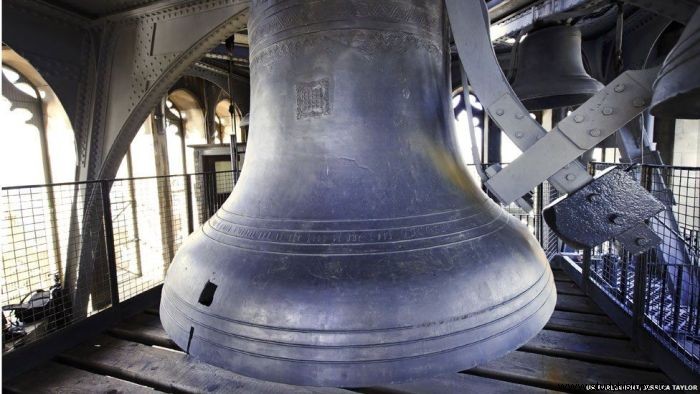
The damage caused by the bombing in 1941 was even greater than what was first discovered. Other work that needed repair included:asbestos in the bell tower, broken glass on the dial and stone carvings that deteriorated due to air pollution.
Visiting the Houses of Parliament will offer an alternative experience.
The colors of the watch are now completely different, and similar to the originals. The golden sheen is more visible now.
The symbolic meaning of Big Ben
Big Ben symbolizes the cultural identity of Britain linked to democracy. That is what makes the British Parliament powerful and gives leadership a true voice. Big Ben pays homage to the country and its achievements. Represents English brilliance can be seen everywhere, from souvenirs to tourist brochures and visual media. Big Ben plays the role of uniting the British heart.
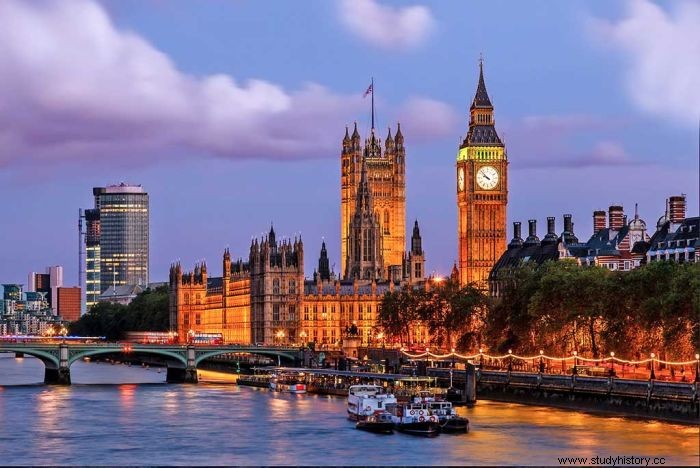
Many movie locations start with Big Ben over the years. The iconic Big Ben movies include Petar Pan and Marry Popkins. Many thrillers and action movies glorify Big Ben, such as 39 Steps, London Has Fallen, Harry Potter and Deathly Hallows.
The New Year celebrations in the UK are centered around Big Ben. Surrounded by fireworks, it is such a magical moment. The iconic status of Big Ben defines it so majestically. The bell tower also symbolizes punctuality.
Big Ben in Classical and Modern Art
The wave of years could not miss showing the famous English landmark in the artwork. From Monet to modern art, it's easy to mingle with the English spirit over the years.
The French Impressionist Claude Monet expressed his vision of the tower in The Thames Below Westminster (1871). More than a century later, another Frenchman, Andre Derain, marvels at Big Ben in the painting of the same name (1906).
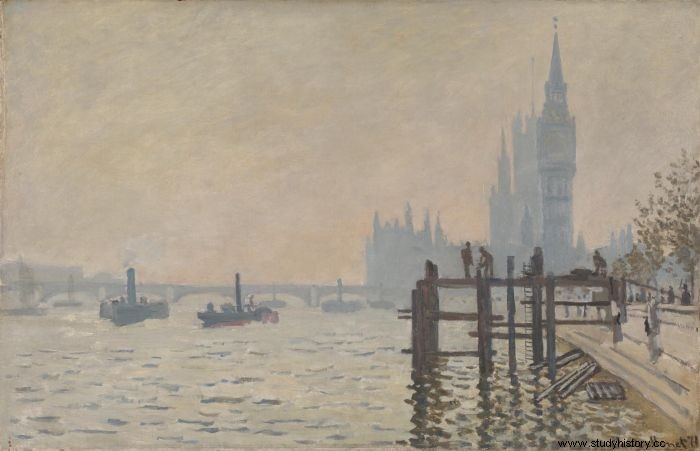
American artist Sarah Morris depicts Big Ben in an abstract way in 2011. It represented the official Paralympic poster. An Art on the Underground chose this work of art to decorate the Gloucester Road subway station.
The scaffolding for Big Ben inspires the Londoner Luke Adam Hawker. Today it belongs to the parliamentary art collection.
Big Ben also gets his musical tune from Bill Fontana, a "sound sculpture" that also has a place in the parliamentary collection.
See also:The artistic scene in London
The books about Big Ben
Big Ben plays a significant role in the pages of the books. In the children's book Peppa Pig goes to London, Big Ben takes several pages. It also made an appearance in comics. The legendary Paddington in London has beautiful covers with Big Ben.
Rupert and the Trouble with Big Ben tells the story of how Big Ben will be the most accurate watch in the world. Little Ben's Big Time steals children's hearts with the story of Big Ben's upbringing.
The Chimes
The carillon is melodies that Big Ben shows and covers only four notes - G sharp, F sharp, E and B. Different parts of the song are played in the neighborhood. The Westminster Quarters is a tune that four quarter bells play in the neighborhood. The original name was Cambridge Quarters as it comes from Cambridge. In Cambridge, it took the first tune.
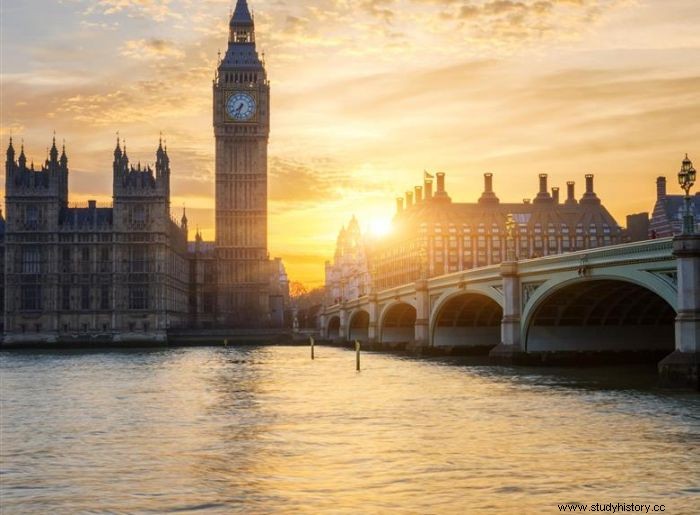
The hammers produce the melody pulled by cables. It always repeats itself and follows the 20-note sequence of rounds. E-major makes four changes.
The Cambridge Chimes made their first appearance at Great St. Mary's Church in Cambridge. The words from the Psalm take place on a plaque on the wall in the bell room.
The lesser known facts about Big Ben
Even the official name sounds unfamiliar to most people. The Elisabeth tower covers 96 meters. Four dials cover the opal glass and each is 7m long. The copper sheet makes the minute discs. The hour hands are quite heavy, around 300 kg.
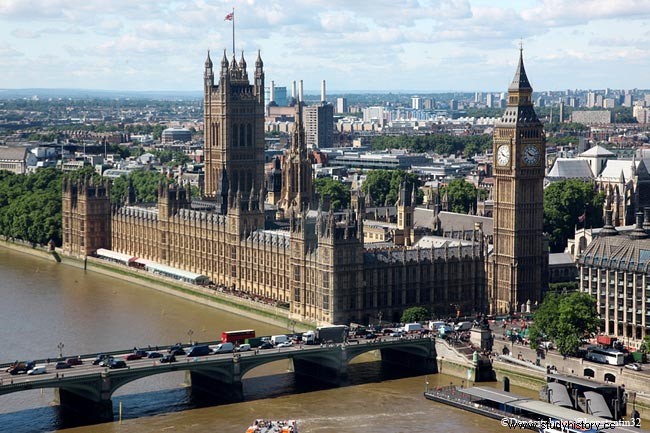
The accuracy of the watch depends on the external pressure. The hammers produce the sound from outside, instead of swinging.
Big Ben weighs 13.7 tons, the hammer weighs 200 kg. Big Ben has rarely stopped, even after bombing during World War II.
The Latin words under the bell mean "O Lord, preserve our Queen Victoria the first".
Similar tower bells
Similar tower bells are popping up all over the world. Little Ben is a miniature tower made of cast iron, which is only 6m. It is close to Victoria Station in Westminster. This black tower was originally painted green. Little Ben was built because of the public convenience created by the Vestry of St. George's Hanover Square. Standing at the main crossroads, Little Ben wanted to help people as he walked to the trains.
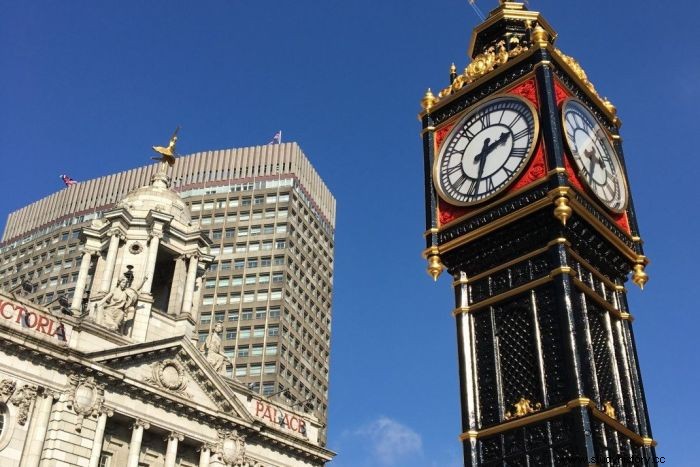
The bell tower of the Gare de Lyon in Paris has a fairly similar design. The Joseph Chamberlain Memorial Clock Tower in Birmingham is 5 times larger in size. Baby Big Ben represents the capital of Wales-Cardiff.
The bell tower at Queens Royal College Trinidad is one of the most elegant versions. The silver replica of Big Ben graciously decorates Mahe Island in the Seychelles.
Conclusion - Big Ben's history and cultural significance
The Elisabeth Tower reveals the ancient role of Westminster Palace and its elegant appearance. Big Ben literally defines the changes in British politics. Big Ben, who guards the House of Parliament, is a golden splendor of history.
Big Ben is more than a tourist attraction that pops up everywhere, from souvenirs to books. It is a powerful symbol of accuracy and the world behind Westminster Palace. Its symbolic status also makes light sense. The one over the clock shines every time Parliament meets. During the Battle of Britain in World War II, this symbolism is even clearer. The bell tower was undamaged and survived the bombing.
One of the main attractions in London represents peace in its golden hues.
